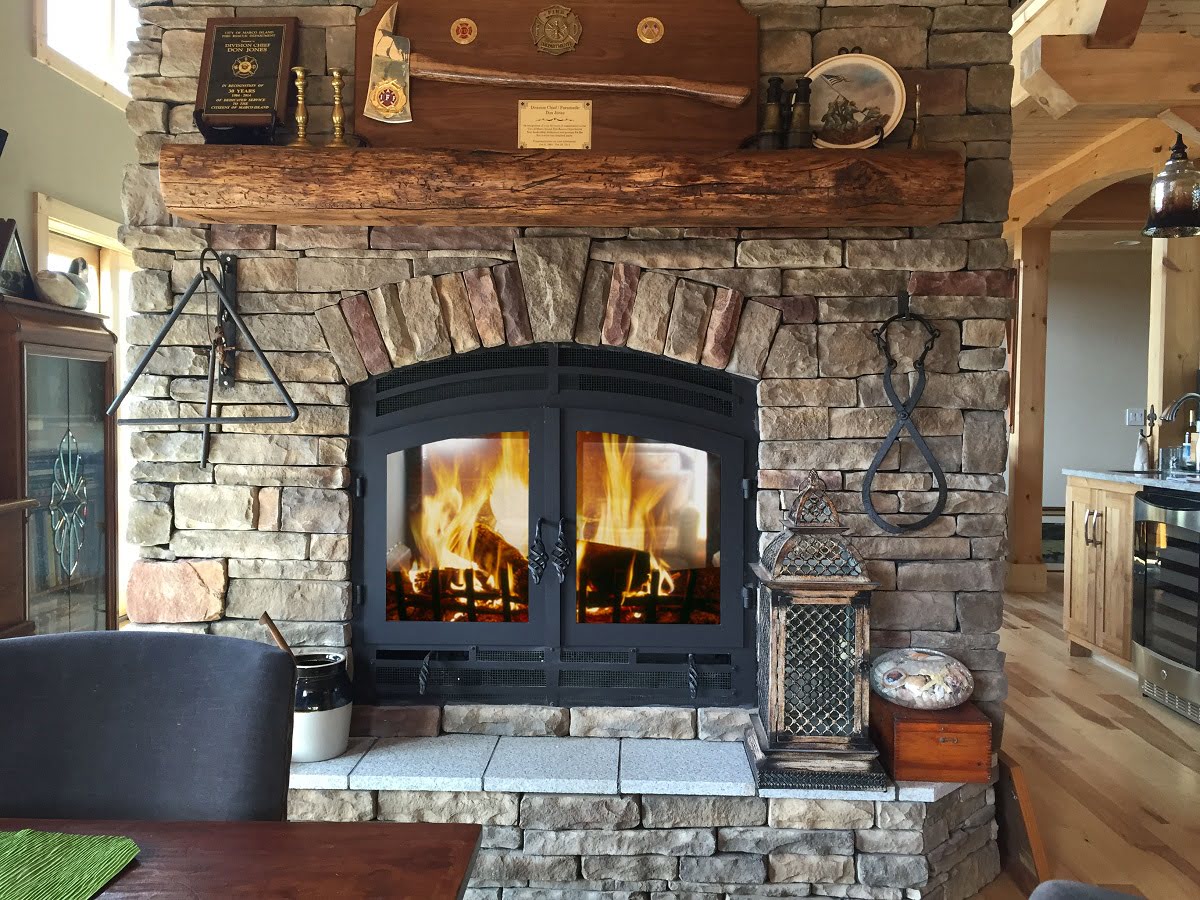

Articles
How To Build Wood Burning Fireplace
Modified: May 6, 2024
Discover the best articles on how to build a wood burning fireplace and create a cozy and warm atmosphere in your home. Get expert tips and step-by-step guides for a successful DIY project.
(Many of the links in this article redirect to a specific reviewed product. Your purchase of these products through affiliate links helps to generate commission for Storables.com, at no extra cost. Learn more)
Introduction
Building a wood-burning fireplace in your home can bring warmth, ambiance, and a touch of rustic charm to any living space. Whether you’re looking to create a cozy nook for curling up with a book or a focal point for entertaining guests, a wood-burning fireplace can be a wonderful addition to your home.
In this article, we will guide you through the step-by-step process of building a wood-burning fireplace. We will cover everything from choosing the right location to gathering the necessary tools and materials, preparing the foundation, constructing the firebox, building the chimney, installing the ventilation system, constructing the surrounding structure, and adding finishing touches and safety measures.
Before we dive into the details, it’s important to note that building a wood-burning fireplace requires careful planning, knowledge of local building codes, and the assistance of a professional if necessary. Safety should always be the top priority when working with fire and combustible materials. With that in mind, let’s get started on creating your perfect wood-burning fireplace.
Key Takeaways:
- Building a wood-burning fireplace requires careful planning, adherence to safety guidelines, and consultation with professionals to ensure structural integrity, proper ventilation, and compliance with local regulations.
- From choosing the right location to adding finishing touches and safety measures, constructing a wood-burning fireplace involves attention to detail, prioritizing safety, and creating a cozy retreat for lasting memories.
Read more: How To Prepare A Fireplace For Wood Burning
Choosing the Right Location
When it comes to choosing the location for your wood-burning fireplace, there are a few key factors to consider. First and foremost, you want to ensure that the area you select is structurally sound and able to support the weight of the fireplace and chimney. It’s important to consult with a professional to determine if any additional reinforcements are needed.
Next, you’ll want to choose a location that allows for proper ventilation and ensures the safe removal of smoke and other byproducts. Ideally, the fireplace should be located near an exterior wall, as this makes it easier to install the necessary venting system. Additionally, consider the proximity to windows and doors to allow for easy access to fresh air.
The size of the room and the layout of the space should also be taken into account. You’ll want to ensure that the fireplace is proportionate to the room and that it does not obstruct traffic flow or create any safety hazards. Consider the placement of furniture and other elements in the room to ensure a comfortable and functional layout.
It’s also important to consider the aesthetic aspects of the fireplace’s location. Think about how it will complement the overall design of the room and create a focal point or cozy gathering area. Take into account the material and color choices that will enhance the visual appeal of the fireplace and create a harmonious atmosphere.
Lastly, be mindful of any local regulations and building codes that may dictate the placement of the fireplace. Some areas have specific requirements for clearance distances from combustible materials or restrictions on where a fireplace can be located in relation to other elements in the home.
By carefully considering these factors and consulting with professionals as needed, you can choose the right location for your wood-burning fireplace that ensures both safety and aesthetic appeal.
Gathering the Necessary Tools and Materials
Before you can begin building your wood-burning fireplace, it’s important to gather all the necessary tools and materials. Having everything prepared and organized will make the construction process smoother and more efficient. Here’s a list of the essential items you’ll need to gather:
- Fireplace kit or components: This includes the firebox, chimney system, damper, and any other necessary components. Purchase a kit that fits your desired fireplace design or gather the individual components separately.
- Masonry tools: Depending on the type of fireplace you’re building, you may need tools such as a trowel, brick hammer, jointer, level, and a masonry saw.
- Fireproof materials: As you’ll be working with fire, it’s crucial to use fireproof materials for the inner lining of the firebox and chimney. Fire bricks, refractory mortar, and fireproof insulation are commonly used in fireplace construction.
- Non-combustible materials: For the surrounding structure of the fireplace, choose non-combustible materials such as stone, brick, concrete, or metal. These materials will ensure the safety of the surrounding area.
- Venting materials: Depending on the type of wood-burning fireplace, you’ll need venting materials like stovepipe or chimney pipe. Make sure to select materials that meet local building codes and regulations.
- Safety equipment: Protect yourself during the construction process by wearing safety gear such as goggles, gloves, and a dust mask. It’s important to prioritize safety at all times.
- Additional tools: You may also need tools such as a drill, screws, anchors, a measuring tape, a pencil, and a level to assist with the installation process.
Before you start gathering the tools and materials, it’s best to create a detailed plan and consult with professionals or experts in fireplace installation. They can guide you on the specific materials and tools needed for your particular fireplace design. Additionally, check local regulations and building codes to ensure compliance.
By gathering all the necessary tools and materials ahead of time, you can streamline the construction process and ensure you have everything you need to build your wood-burning fireplace.
Preparing the Foundation
Before you can begin constructing your wood-burning fireplace, it’s essential to prepare a solid foundation to ensure stability and longevity. The foundation provides a secure base for the fireplace and prevents shifting or settling over time. Here are the steps involved in preparing the foundation:
- Check local building codes: Before proceeding, it’s crucial to check local regulations and obtain any necessary permits for fireplace construction. Adhering to codes and regulations will ensure safety and compliance with the law.
- Determine the size and shape: Based on your fireplace design and specifications, determine the size and shape of the foundation. It should match the dimensions of the firebox and provide ample support for the entire structure.
- Clear the area: Remove any debris, vegetation, or obstructions from the area where the foundation will be constructed. Level the ground and ensure it is free from any unevenness or slopes.
- Excavation: Dig a hole for the foundation, ensuring it is deep and wide enough to accommodate the concrete or masonry material. Follow the recommended dimensions specified in your fireplace plans.
- Install forms: The next step is to install forms or molds around the excavation site. These forms will contain the concrete or masonry material, shaping it into the desired foundation shape. Use sturdy materials like wood or metal for the forms.
- Reinforcement: Place rebar or reinforcing mesh within the foundation area to provide extra strength and prevent cracking. This will add durability to the foundation and ensure long-term stability.
- Mix and pour the foundation material: Prepare the concrete or masonry material according to the manufacturer’s instructions. Pour it into the forms, making sure it is evenly distributed and compacted. Use a trowel to smooth the surface.
- Curing: Allow the foundation material to cure and harden according to the recommended timeframe. It’s important to follow proper curing procedures to ensure the foundation reaches its maximum strength.
- Remove the forms: Once the foundation is fully cured, carefully remove the forms from around the foundation. Take care not to damage the foundation or disturb the surrounding area.
By properly preparing the foundation, you lay the groundwork for a strong and stable wood-burning fireplace. Remember to follow all safety guidelines and consult with professionals during the preparation process to ensure the foundation meets all necessary requirements.
Constructing the Firebox
Once the foundation is prepared, it’s time to move on to constructing the firebox. The firebox is where the actual fire will be contained and should be built with fireproof materials to ensure safety and longevity. Here are the steps involved in constructing the firebox:
- Plan the dimensions: Determine the size and shape of the firebox based on your fireplace design and personal preference. The dimensions should be proportionate to the overall size of the fireplace.
- Layout the firebrick: Start by laying out the firebricks on the foundation floor to create the base of the firebox. Use a level to ensure they are straight and even.
- Mix the mortar: Prepare the mortar according to the manufacturer’s instructions. Use a trowel to mix it to the desired consistency. The mortar will be used to lay the firebricks and bond them together.
- Lay the firebricks: Apply a layer of mortar on the foundation floor and start laying the firebricks on top. Press them firmly into the mortar and use a level to ensure they are level and aligned correctly.
- Build the walls: As you continue laying the firebricks, build the walls of the firebox according to your design. Again, use mortar to secure the bricks in place, ensuring they are level and properly aligned.
- Create the opening: Leave a designated space for the fireplace opening, which will serve as the access point for the fire. Use firebricks or refractory panels to create the sides and back of the opening, secured with mortar.
- Add the firebox liner: Once the walls are complete, consider adding a firebox liner for added protection and insulation. Firebox liners are made of materials like refractory concrete or cast iron to enhance the firebox’s performance.
- Finish the top: Complete the firebox by laying the firebricks on the top, forming the ceiling. Use mortar to secure the bricks and ensure a tight seal.
- Cure the mortar: Allow the mortar to cure according to the manufacturer’s instructions. This will ensure a strong bond between the firebricks and provide a sturdy firebox structure.
As you work on constructing the firebox, remember to prioritize safety. Wear protective gear, such as gloves and safety glasses, and follow all safety precautions. It’s also a good idea to consult with professionals or experts in fireplace construction to ensure compliance with local regulations and best practices.
By following these steps and taking the necessary safety measures, you can successfully construct the firebox of your wood-burning fireplace.
When building a wood-burning fireplace, ensure proper ventilation and clearance from combustible materials. Use fire-resistant materials and follow local building codes for safety.
Read more: How To Use A Wood Burning Fireplace
Building the Chimney
Once the firebox is constructed, it’s time to build the chimney. The chimney is responsible for venting the smoke and gases produced by the wood-burning fireplace out of the house. It plays a crucial role in the safe and efficient operation of the fireplace. Here are the steps involved in building the chimney:
- Determine the chimney location: Decide on the ideal location for the chimney based on the design of your fireplace and the layout of your home. The chimney should be positioned to allow for proper ventilation and easy installation of the venting system.
- Choose the chimney materials: Select the appropriate chimney materials based on your needs and local building codes. Common options include brick, stone, metal, or prefabricated chimney systems. Ensure that the chosen materials are fire-resistant and capable of withstanding high temperatures.
- Erect the chimney structure: Begin by building the base of the chimney. This can be a concrete pad or a masonry base that will support the weight of the chimney. Follow the manufacturer’s instructions for proper construction and use mortar to bond the materials together.
- Build the chimney walls: Lay the bricks or stones, or install the prefabricated chimney sections, following the manufacturer’s guidelines. Use mortar to secure the materials and create a sturdy chimney structure. Ensure that the walls are straight, level, and stable.
- Install the chimney flue: The flue is the inner lining of the chimney that directs the smoke and gases out of the house. Install the appropriate flue liner, which could be made of stainless steel or clay, ensuring a proper fit and sealing any gaps to prevent leaks.
- Add flashing and cap: Install flashing around the base of the chimney to create a waterproof seal, preventing water from entering the chimney system. Additionally, add a chimney cap to protect against debris, birds, and water intrusion.
- Install the spark arrestor: If required by local regulations or for added safety, install a spark arrestor on top of the chimney. This prevents stray sparks and embers from escaping the chimney and posing a fire hazard.
- Inspect and clean the chimney: Once the chimney is built, perform a thorough inspection to ensure it is structurally sound and the flue is clear of any obstructions. Schedule regular chimney cleanings to remove creosote buildup, which can lead to chimney fires.
It’s important to consult with professionals or experts in chimney construction to ensure compliance with local building codes and regulations. They can provide guidance on the specific requirements for your area and help you choose the appropriate chimney materials and components.
By following these steps and adhering to safety guidelines, you can successfully build a chimney that effectively vents the smoke and gases from your wood-burning fireplace, ensuring a safe and enjoyable fireplace experience.
Installing the Ventilation System
Installing a proper ventilation system is crucial for the safety and efficiency of your wood-burning fireplace. The ventilation system ensures that smoke and gases produced during combustion are safely and effectively removed from your home. Here are the steps involved in installing the ventilation system:
- Determine the type of ventilation: Depending on your fireplace design, you may need to choose between a direct vent or a chimney vent system. A direct vent system uses a sealed pipe that goes directly through an exterior wall to vent the smoke and gases. A chimney vent system uses a chimney or flue to vent the combustion byproducts.
- Measure and plan the installation: Depending on the type of ventilation system you’ve chosen, measure the distance from the fireplace to the exterior wall or the height of the chimney. Ensure you have the appropriate clearances and follow local building codes.
- Choose the ventilation components: Select the appropriate venting components for your chosen ventilation system. This may include pipes, connectors, elbows, and termination caps. Make sure to use materials that are specifically designed for wood-burning fireplaces and are compliant with safety standards and regulations.
- Install the vent pipe: For a direct vent system, install the vent pipe through the exterior wall according to the manufacturer’s instructions. Ensure a proper seal between the pipe and the wall to prevent any air or water leakage. Use support brackets to secure the vent pipe in place.
- Connect the vent pipe to the fireplace: Connect the vent pipe to the back of the fireplace, following the manufacturer’s guidelines. Use the appropriate connectors and ensure a secure and airtight connection. Check for any gaps or leaks and seal them as needed.
- Install the termination cap: For both direct vent and chimney vent systems, install the termination cap at the exterior of the home. This cap prevents rain, debris, and animals from entering the ventilation system. Ensure the cap is securely fastened and fully functional.
- Inspect and test the ventilation system: Once the ventilation system is installed, carefully inspect all connections, joints, and seals to ensure they are secure and properly sealed. Perform a test by lighting a small fire in the fireplace and observing the smoke and gases being safely vented through the system.
- Maintain and clean the ventilation system: Regularly clean and maintain the ventilation system to ensure its proper functioning. Remove any blockages, such as creosote buildup in the chimney, to prevent potential hazards.
It’s important to consult with professionals or experts in fireplace installation to ensure proper installation and compliance with local building codes. They can guide you in choosing the right ventilation system components and ensure that the installation is carried out safely.
By following these steps and prioritizing safety, you can install an efficient and effective ventilation system for your wood-burning fireplace, allowing you to enjoy warm and cozy fires without any worries.
Building the Surrounding Structure
Building a surrounding structure for your wood-burning fireplace adds both functionality and aesthetic appeal to the space. The surrounding structure can serve as a focal point in the room and provide storage for firewood and other fireplace accessories. Here are the steps involved in building the surrounding structure:
- Design the structure: Determine the design and style of the surrounding structure based on your preferences and the overall decor of the room. Consider factors such as the size, shape, and materials you want to use.
- Gather the materials: Collect the necessary materials for building the structure. This may include bricks, stones, concrete blocks, or other non-combustible materials. Ensure that the materials are suitable for withstanding the heat generated by the fireplace.
- Prepare the area: Clear the space where the surrounding structure will be built. Ensure that it is level and free from any debris or obstructions. Mark the perimeters of the structure using stakes and string for guidance.
- Build the frame: Construct the frame of the surrounding structure using the chosen materials. This can be done by laying rows of bricks or stacking concrete blocks to create a sturdy and stable frame. Ensure that the corners are square and the structure is level.
- Add storage compartments: If desired, incorporate storage compartments into the surrounding structure. These compartments can be used to store firewood, fireplace tools, or decorative items. Install shelves or cubbies within the structure to provide functional storage space.
- Apply the finishing touches: Once the basic structure is built, add the finishing touches to enhance its appearance. This may involve applying a layer of mortar to fill any gaps between bricks or stones for a seamless look. Consider adding a decorative facade or a mantel for added visual appeal.
- Allow for proper ventilation: Ensure that the surrounding structure allows for proper ventilation of the fireplace. Leave adequate space around the firebox and chimney to allow for air movement and avoid heat buildup.
- Paint or seal, if desired: Depending on the materials used, you may choose to paint or seal the surrounding structure to enhance its durability and appearance. Use heat-resistant paint or sealant that is suitable for outdoor use.
It’s important to consult with professionals or experts in fireplace construction to ensure compliance with local regulations and safety guidelines. They can provide guidance on specific requirements for the surrounding structure and help you choose the appropriate materials and techniques.
By following these steps and taking into account the design and functionality aspects, you can build a beautiful and functional surrounding structure for your wood-burning fireplace that adds charm and character to your space.
Finishing Touches and Safety Measures
Once the construction of your wood-burning fireplace is near completion, it’s important to focus on the finishing touches and implement necessary safety measures to ensure the longevity and safety of your fireplace. Here are some essential finishing touches and safety measures to consider:
- Fireplace accessories: Enhance the functionality and visual appeal of your fireplace by adding accessories such as a fireplace grate, fire tools (poker, shovel, and brush), and a decorative fireplace screen. These items not only serve a practical purpose but also add a touch of elegance to your fireplace.
- Sealing and insulation: Properly seal any gaps or cracks in the fireplace structure to prevent heat loss and improve energy efficiency. Use fire-resistant caulk or heat-resistant sealant to seal around the firebox and chimney, ensuring a tight and secure seal.
- Fireplace doors: Consider installing fireplace doors to provide an extra layer of protection and improve heat retention. Fireplace doors can help prevent sparks and embers from escaping, providing added safety for your home and loved ones.
- Carbon monoxide detectors: Install carbon monoxide detectors near your wood-burning fireplace and in other areas of your home to ensure early detection of this odorless and potentially harmful gas. Test the detectors regularly and replace batteries as needed.
- Fireplace maintenance: Develop a regular maintenance routine for your fireplace to keep it in optimal working condition. This may include cleaning the firebox, inspecting and cleaning the chimney, and scheduling professional chimney sweeps to remove creosote buildup.
- Fire safety precautions: Implement fire safety precautions, such as keeping flammable materials away from the fireplace, using a fireproof rug or hearth mat, and establishing a safety zone around the fireplace to prevent accidental contact with hot surfaces. Educate your family members on fire safety practices and ensure they know how to handle and extinguish a fire if necessary.
- Regular inspections: Schedule regular inspections of your wood-burning fireplace by a professional to ensure that all components are functioning properly and to identify any potential issues that may require attention or repair.
- Follow local regulations: Lastly, always comply with local building codes and regulations when constructing and using your wood-burning fireplace. Regulations may dictate clearance distances, installation requirements, and other important safety considerations.
Remember, safety should always be the top priority when dealing with fire and combustible materials. Consult with professionals or experts in fireplace installation and maintenance to ensure that your fireplace meets all safety standards and guidelines.
By implementing these finishing touches and safety measures, you can enjoy the warmth and beauty of your wood-burning fireplace with peace of mind.
Read more: How To Install Wood Burning Fireplace
Conclusion
Building a wood-burning fireplace is a rewarding endeavor that can transform your living space into a cozy retreat. From the initial planning stages to the final finishing touches, constructing a fireplace requires careful consideration, attention to detail, and adherence to safety guidelines. By following the step-by-step process outlined in this article, you can successfully build a wood-burning fireplace that adds warmth, ambiance, and charm to your home.
Throughout the construction process, it’s crucial to consult with professionals or experts in fireplace installation and adhere to local building codes and regulations. Safety should always be a top priority, so take the necessary precautions to protect yourself, your home, and your loved ones. Regular maintenance and inspections will ensure that your fireplace functions optimally and remains safe to use for years to come.
In addition to safety considerations, don’t forget to add your personal touch to the design and aesthetics of the fireplace. Choose materials, colors, and accessories that complement your existing decor and create a welcoming atmosphere. The finishing touches, such as fireplace accessories and sealing techniques, will enhance both the functionality and visual appeal of your fireplace.
Lastly, remember to enjoy the warmth and ambiance that your wood-burning fireplace brings to your living space. Gather around with loved ones, savor the crackling sound of the fire, and create lasting memories in the comfort of your cozy haven.
So, go ahead and embark on the journey of building your own wood-burning fireplace. With proper planning, the right tools and materials, and a commitment to safety, you can create a captivating centerpiece that will bring joy and comfort to your home for years to come.
Now that you're equipped with knowledge on building a wood burning fireplace, why not dive deeper into aesthetic enhancements? Our next article on fireplace design offers a selection of captivating styles to elevate your home’s ambiance. From rustic to modern, find inspirations that perfectly blend with your new fireplace, ensuring every flame flickers in style. Don't miss out on these fabulous design ideas that promise to transform your space into a haven of warmth and style.
Frequently Asked Questions about How To Build Wood Burning Fireplace
Was this page helpful?
At Storables.com, we guarantee accurate and reliable information. Our content, validated by Expert Board Contributors, is crafted following stringent Editorial Policies. We're committed to providing you with well-researched, expert-backed insights for all your informational needs.
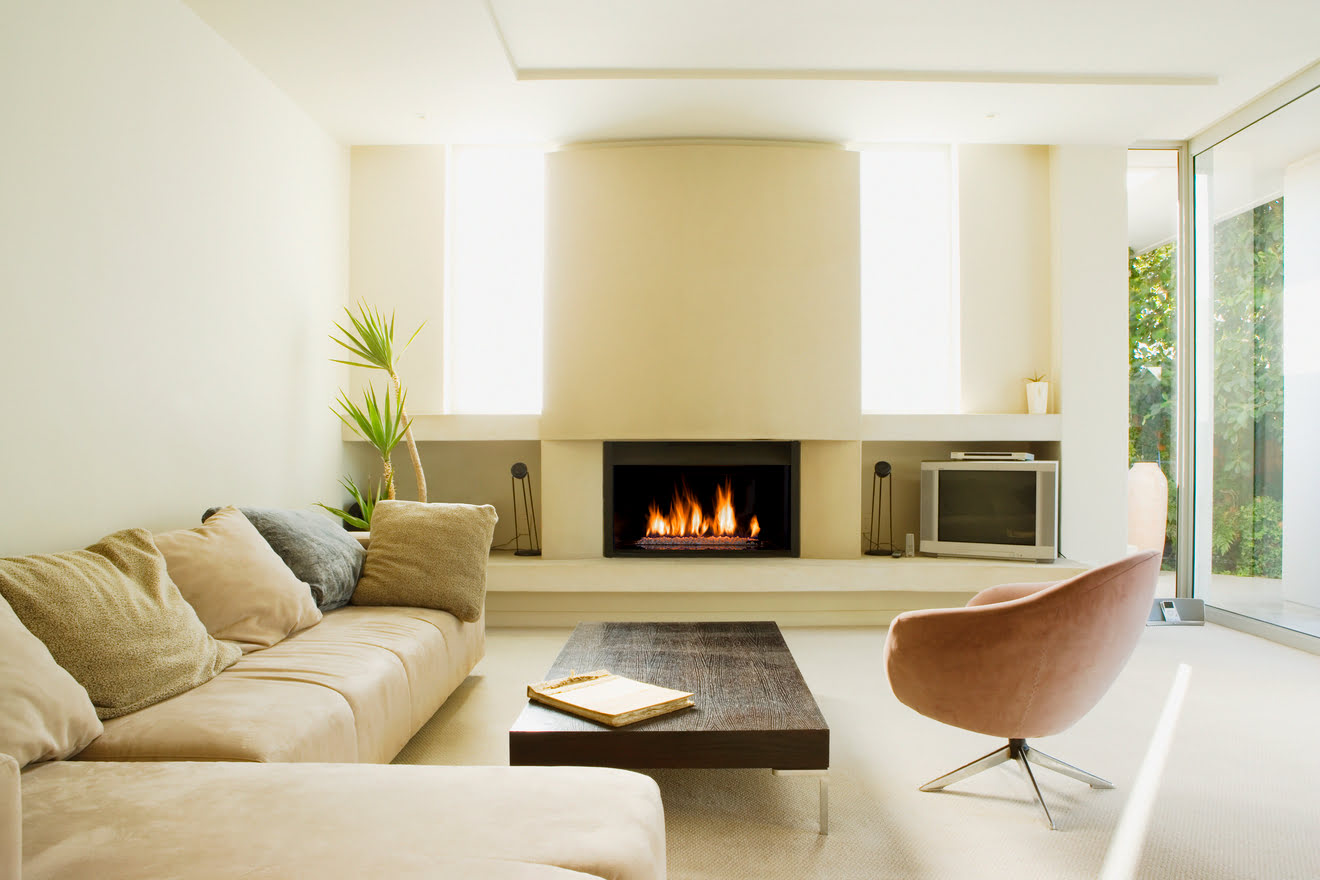
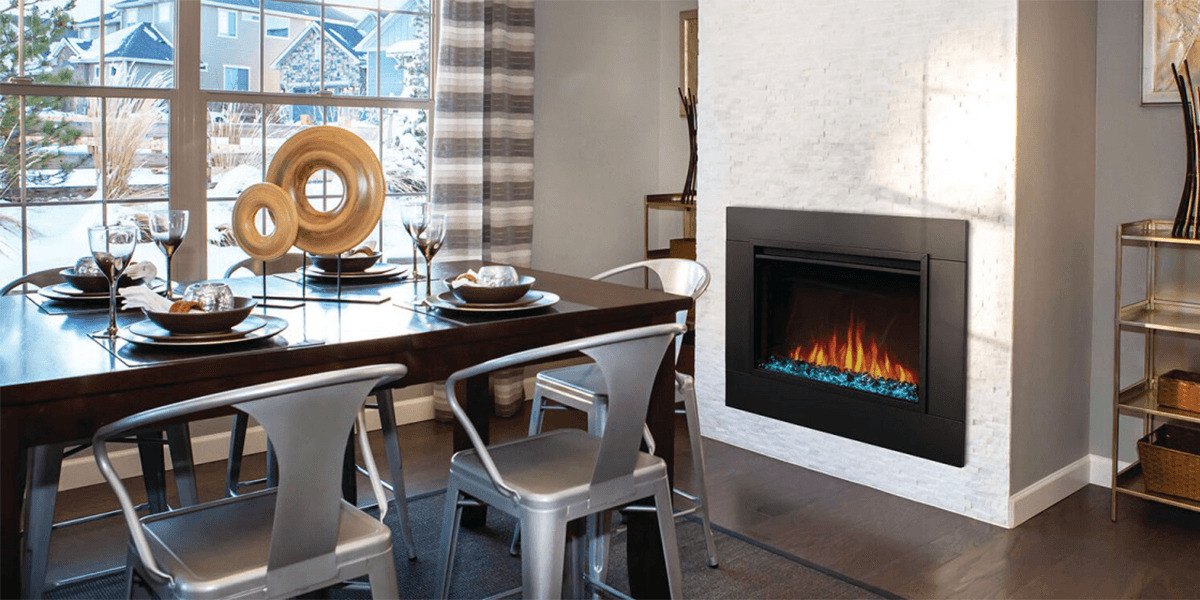
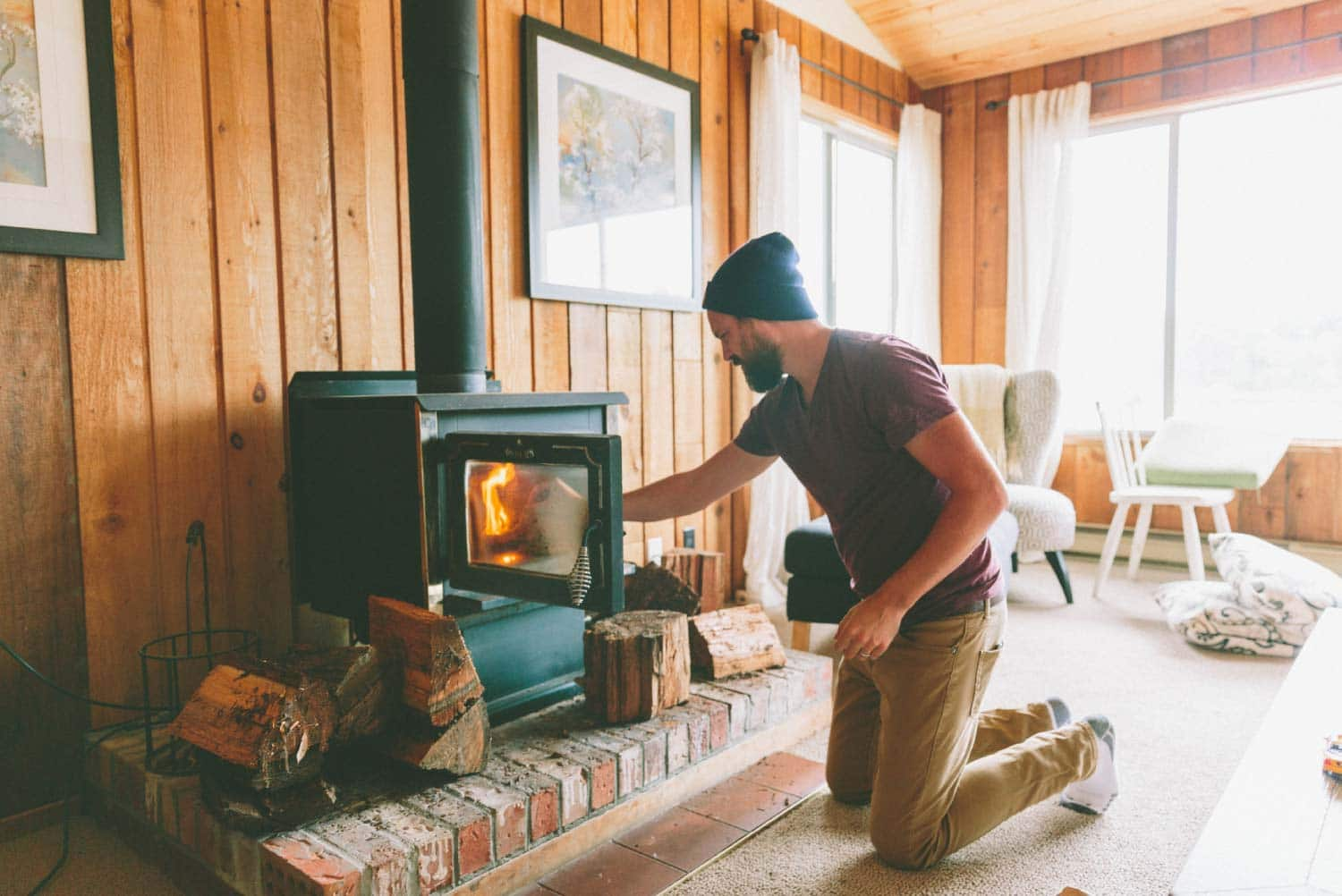
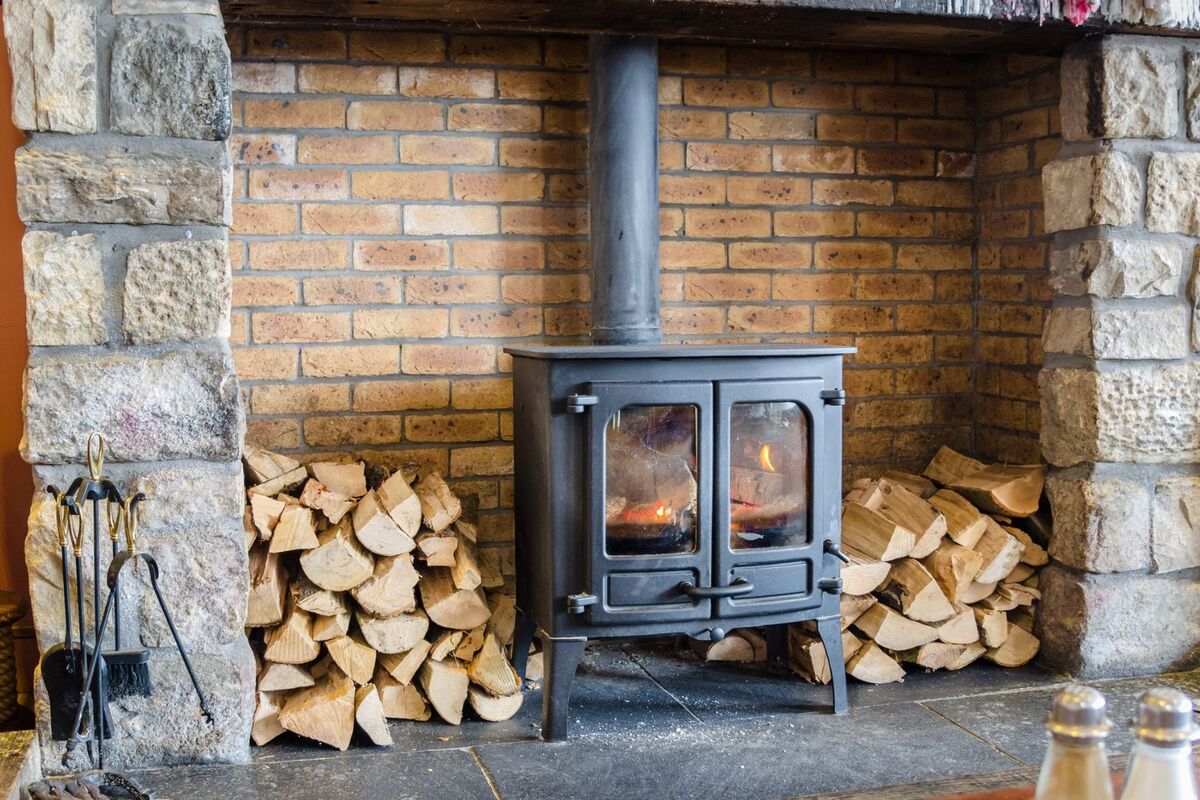
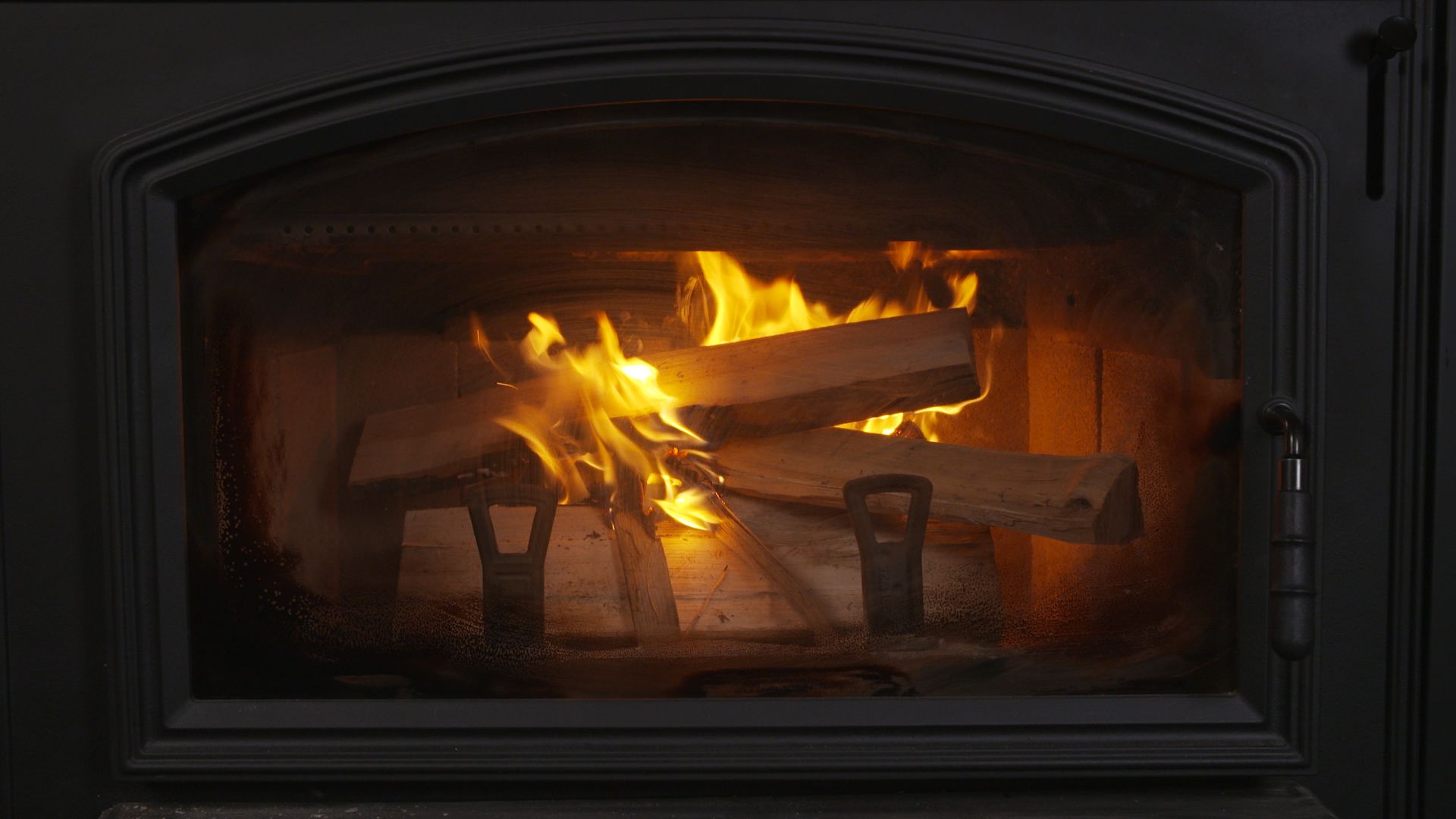
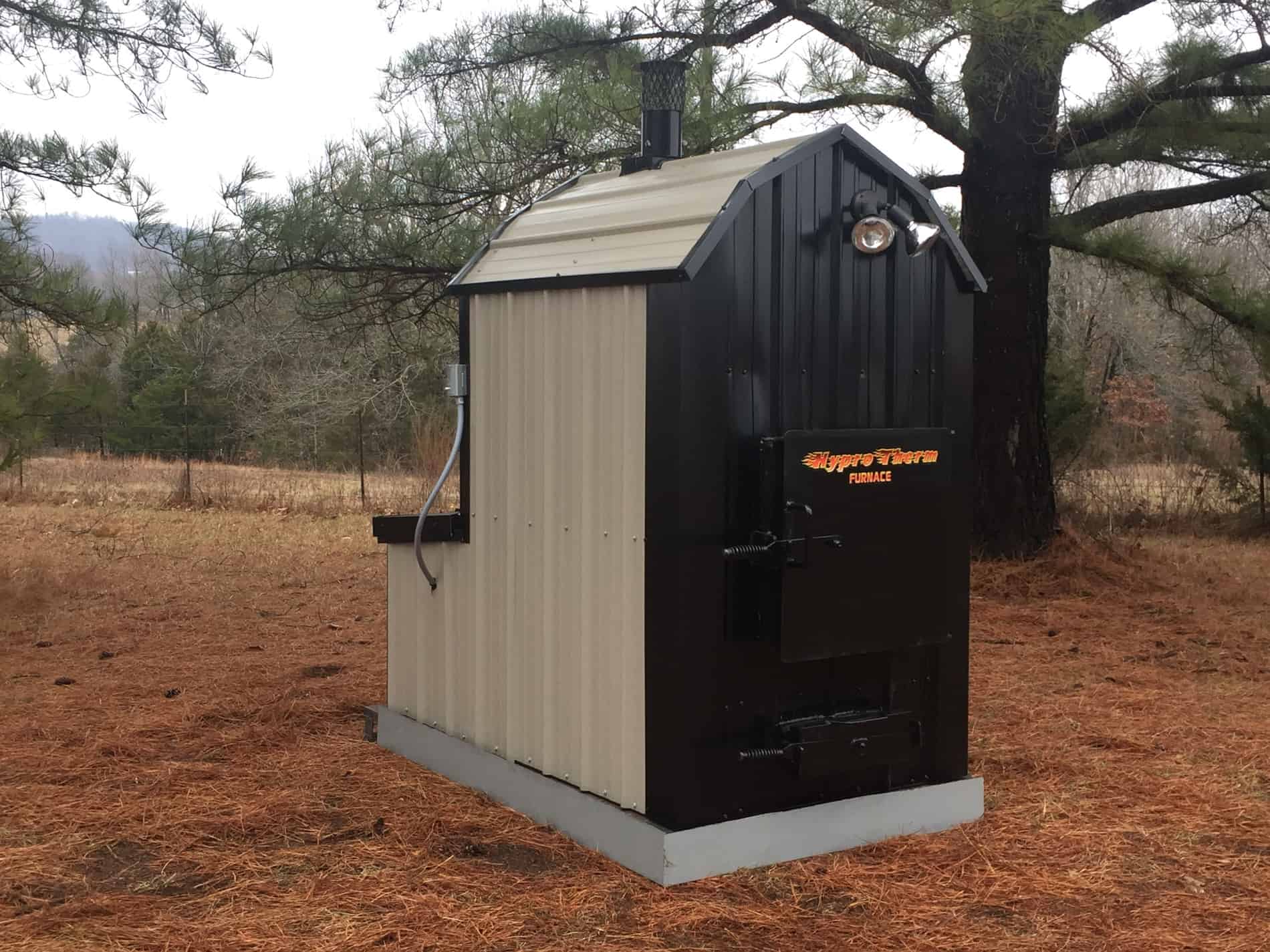
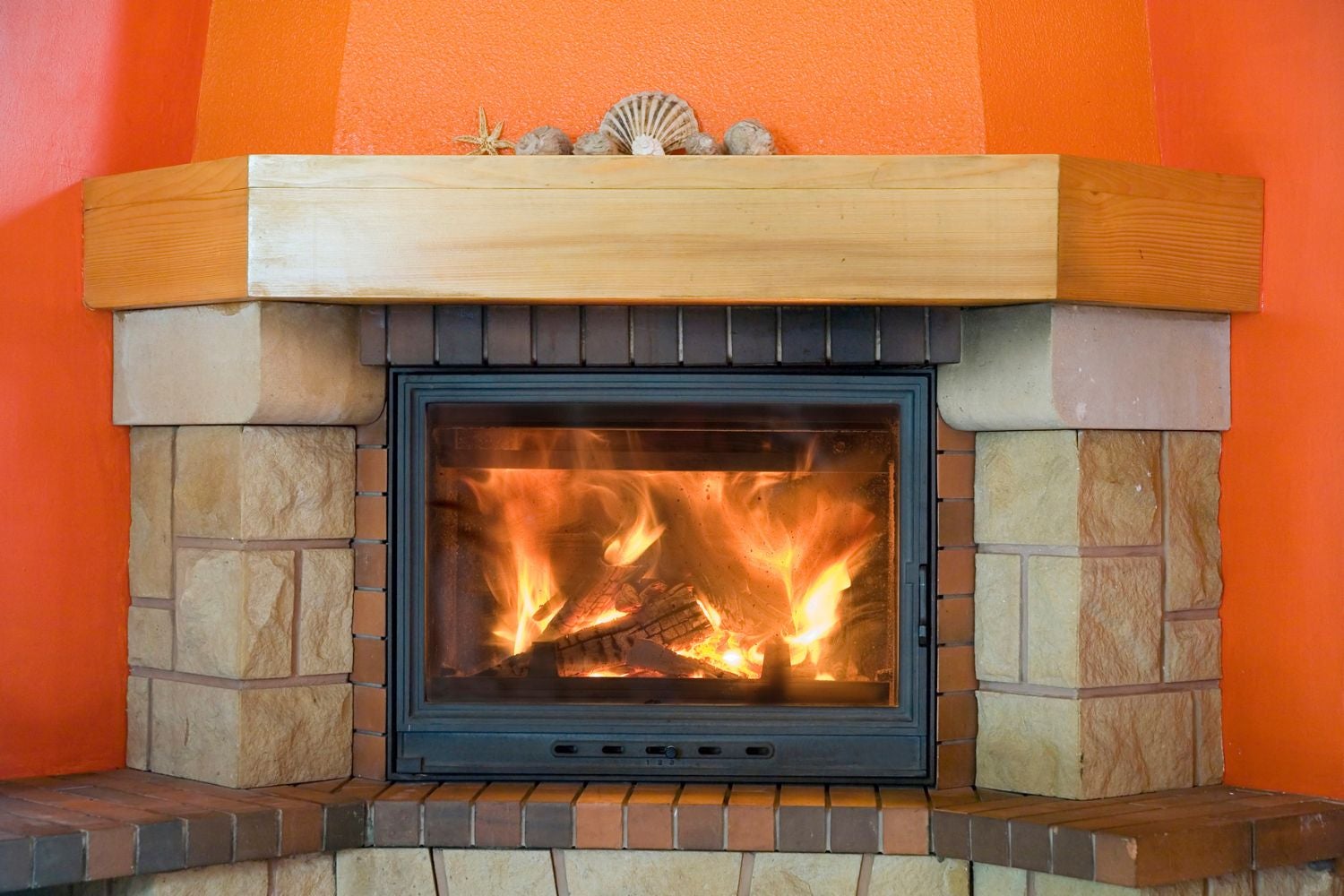
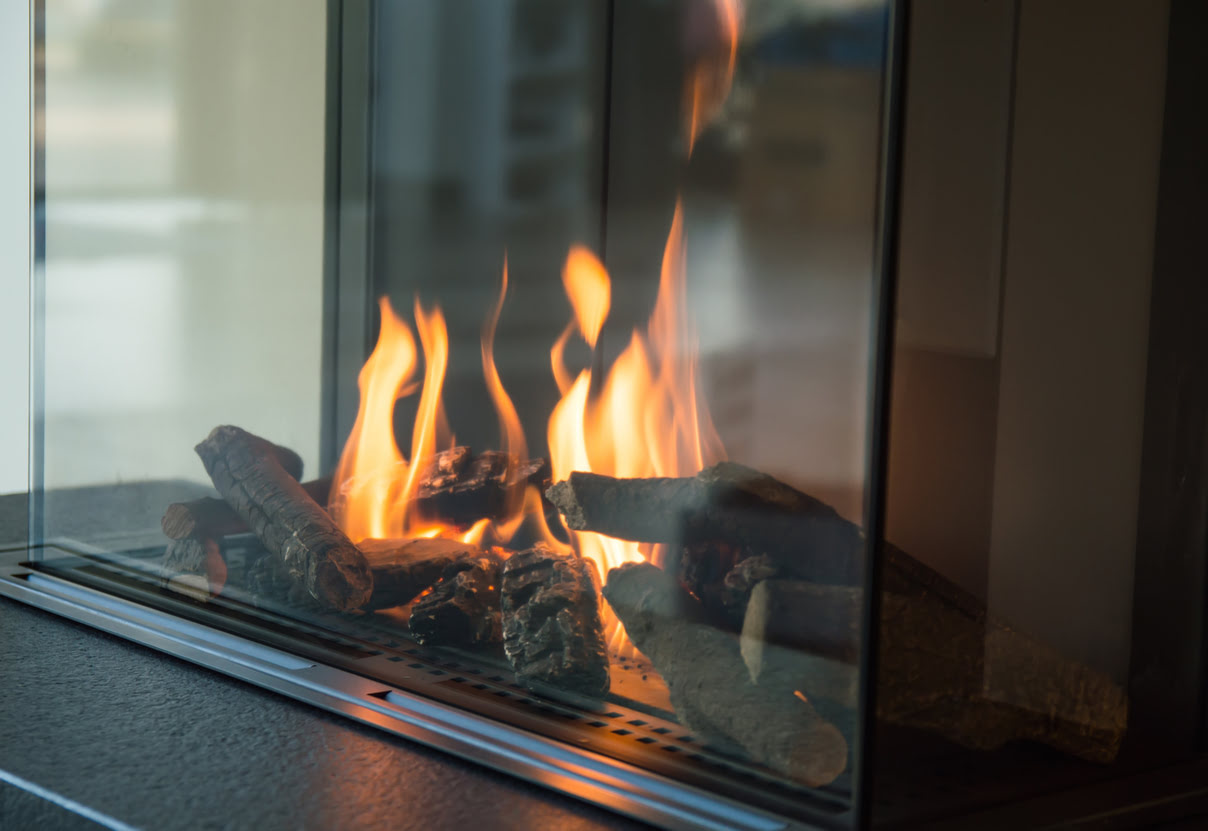
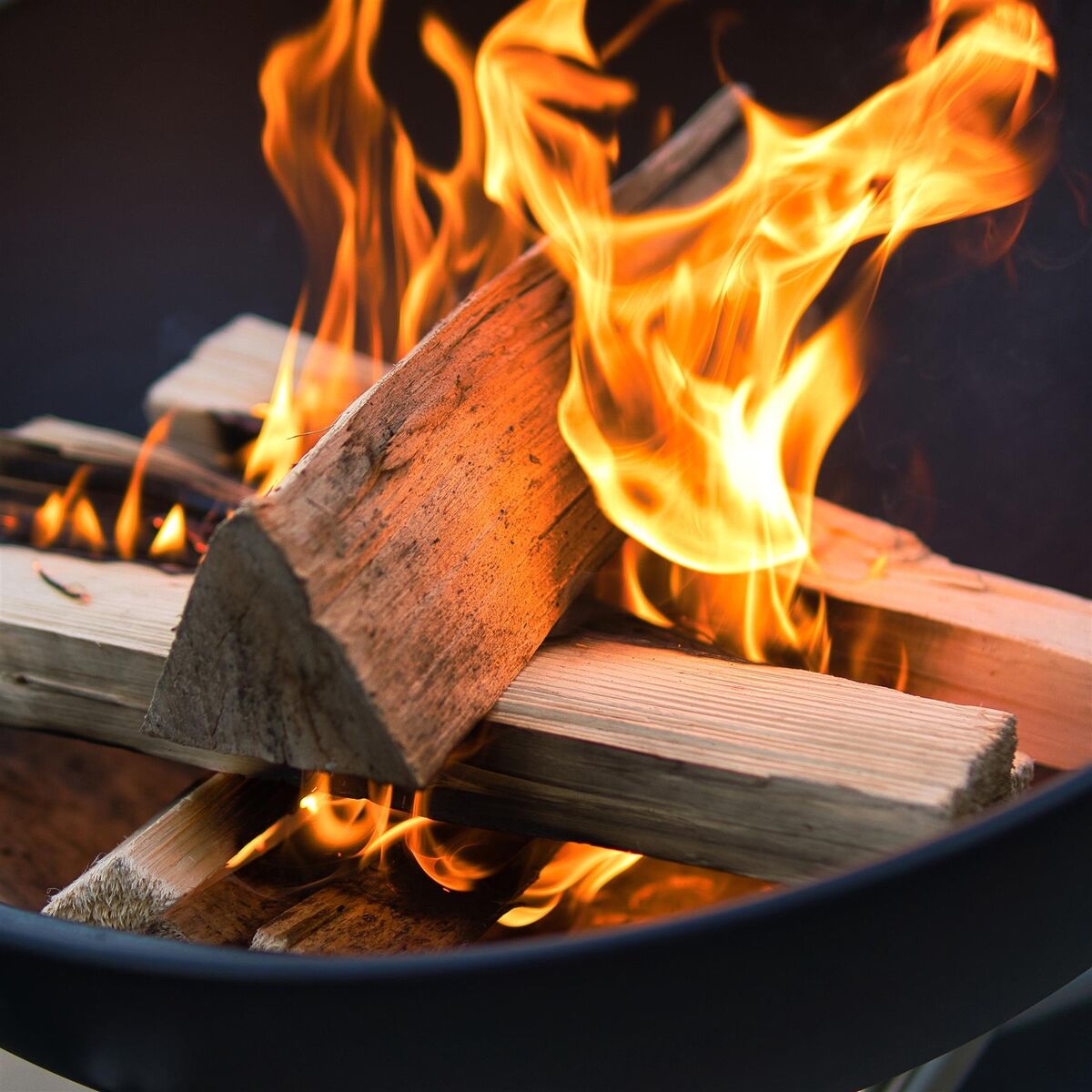
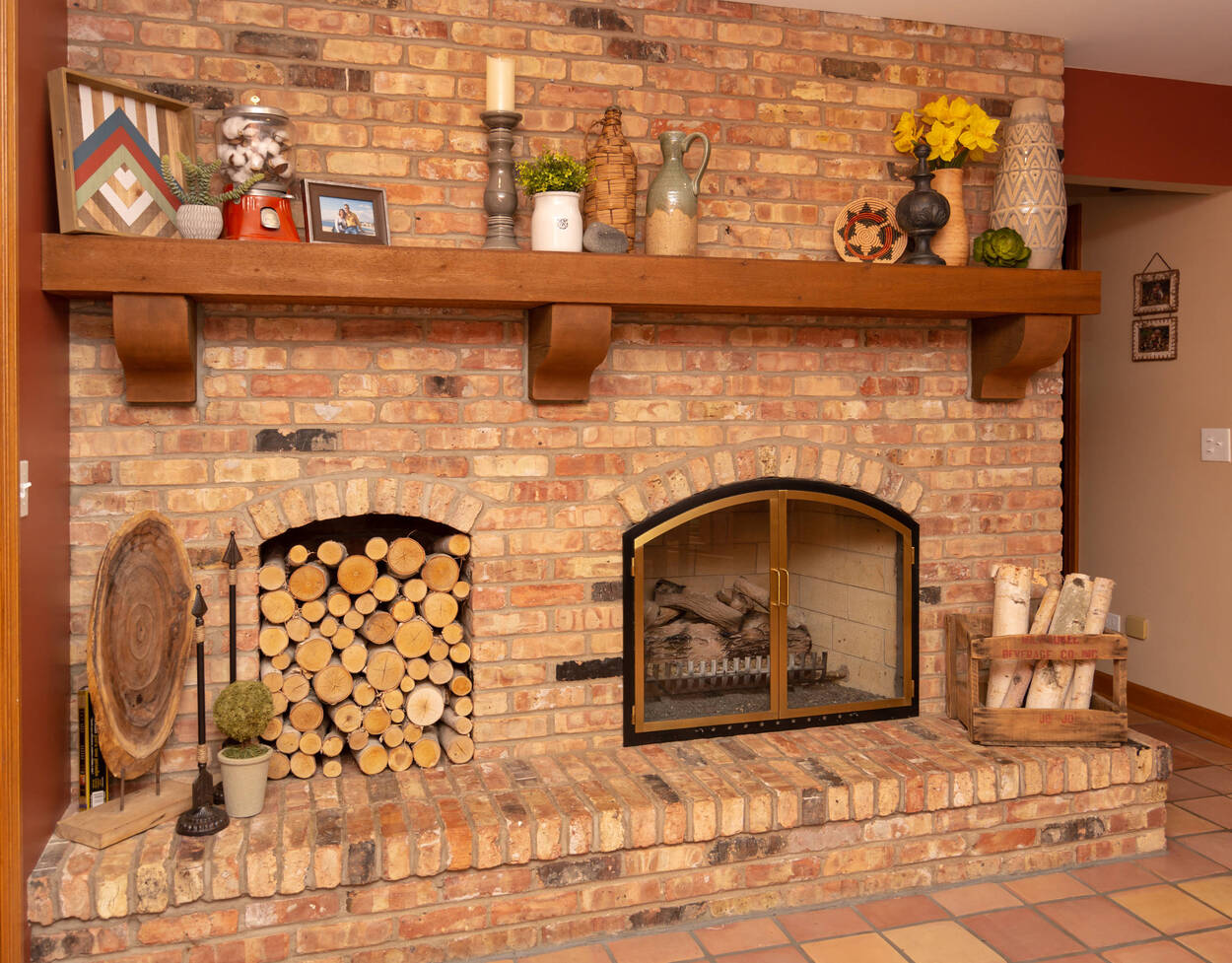
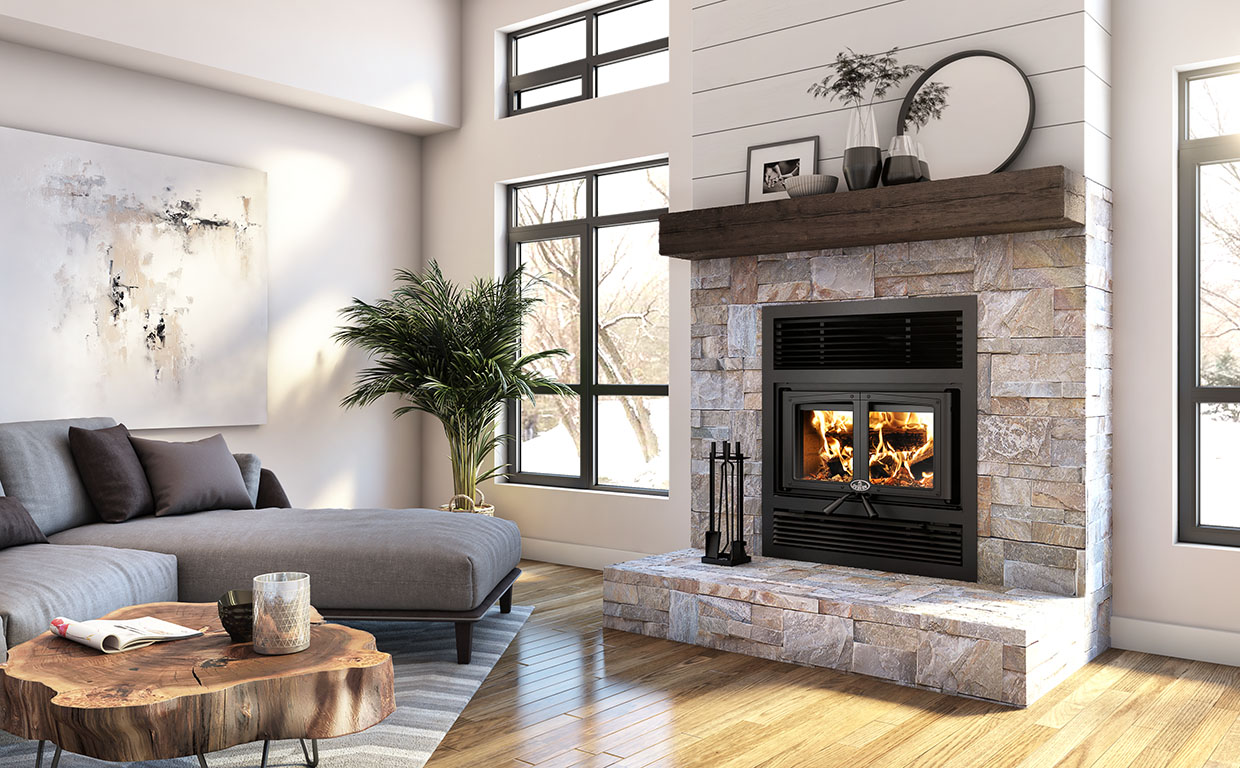
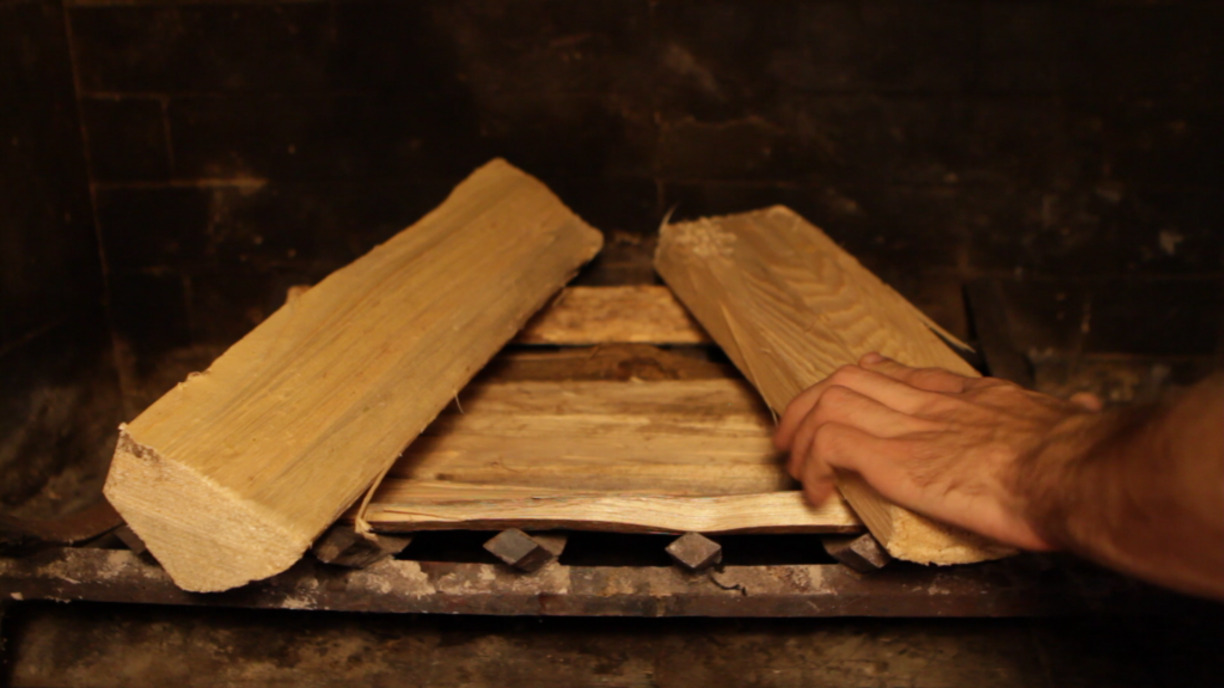
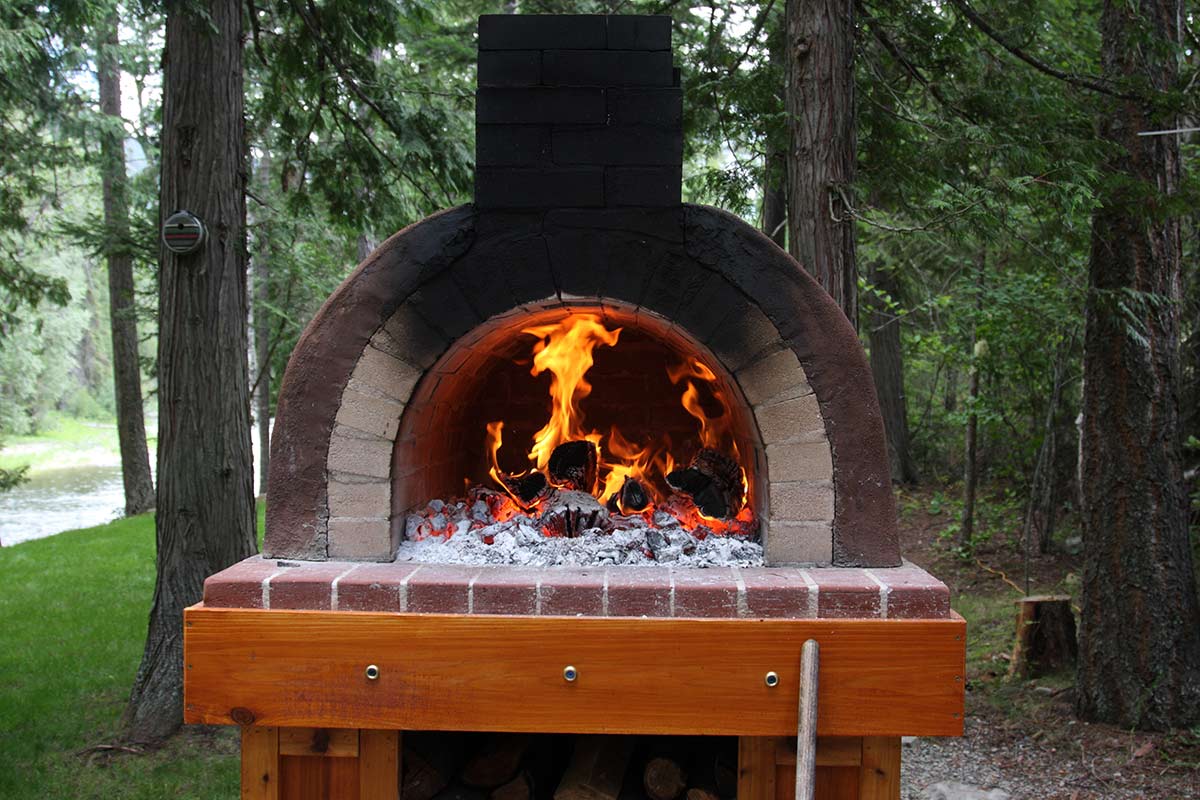

0 thoughts on “How To Build Wood Burning Fireplace”